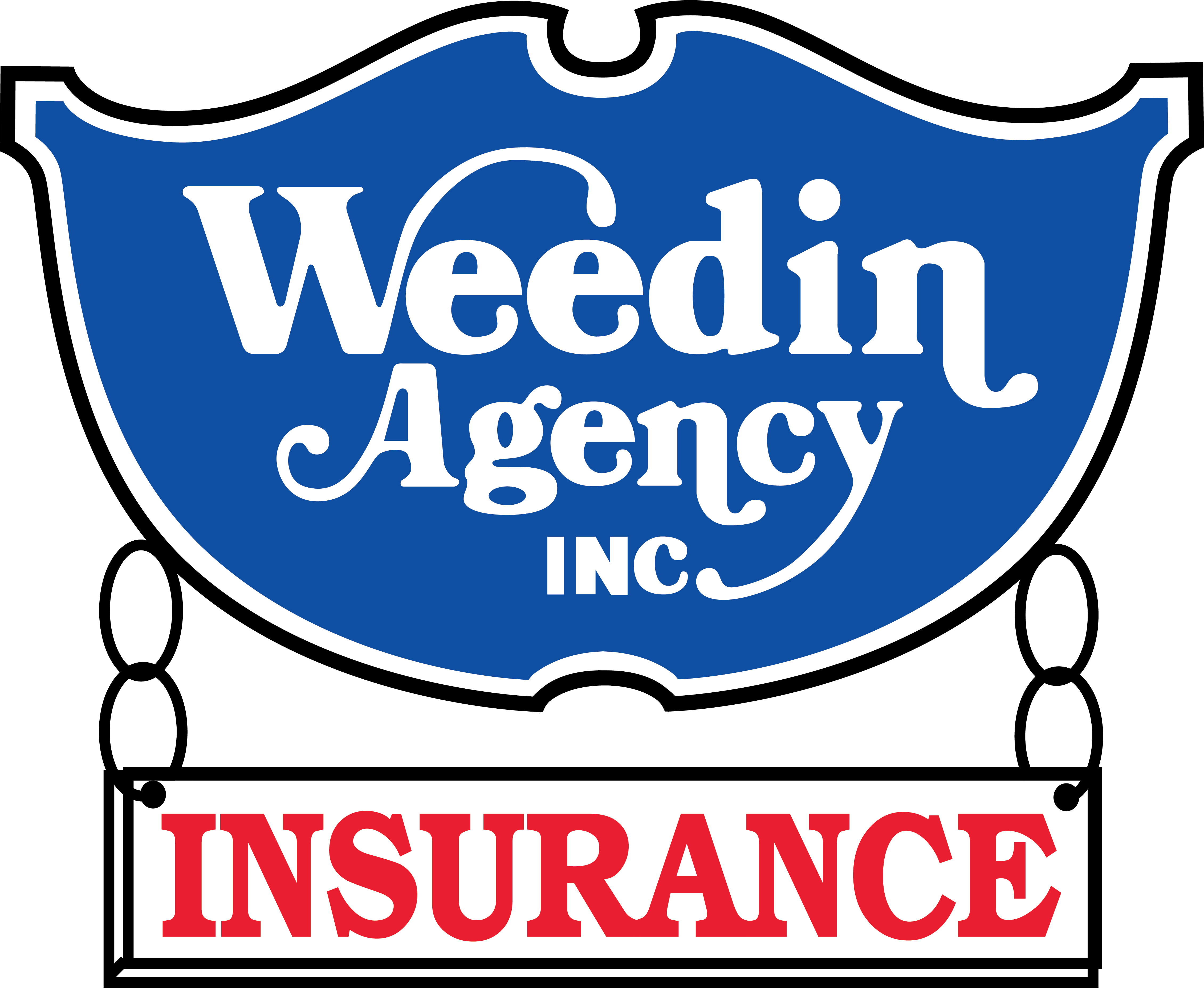Top Insurance Terms to Know
- John Tate
- Nov 27, 2024
- 3 min read
80% rule: if your home insurance policy equals less than 80% of your home’s total replacement value, insurance companies won’t cover the entire cost of damages in the case of a disaster.
Actual Cash Value: an estimation based on the replacement cost minus depreciation which is the amount a property value has decreased since it was purchased based on age, market conditions, and wear and tear.
Additional Living Expense/Loss of Use: coverage for temporary relocation if you are unable to live in your home due to an insured loss, claim or if your home is being repaired. Coverage includes reasonable expenses such as: food, hotel or rental home charges, etc..
Adjuster: someone who analyzes a claim and decides how much the insurance company should pay for you damage/loss.
Betterments/Improvements: For renters insurance, permanent changes to a property made at the renter’s expense. Examples include: flooring, wallpaper, light fixtures, interior walls, etc..
Catastrophe: insurance that protects homeowner’s from natural and human-made disasters. Coverage includes: earthquakes, riots, hurricanes, etc..
Certification of Insurance: a document that provides information on your specific insurance policy. Information includes: policy number, types of coverage, limits of coverage, etc..
Claim: a request for money that you can make based on your insurance policy.
Coinsurance: a provision that requires the homeowner/property owner to insure a certain percentage (often 80-100%) of the property’s total value.
Declaration Page: a document that provides an overview of how much coverage you have, what type coverage you have and how much it will cost.
Deductible: how much money you will pay upfront before your insurance company will pay you for your insured loss.
Flat Deductible: the fixed dollar amount that you will pay for a covered loss.
Percentage Deductible: your deductible is based on a percentage of the total coverage amount on your policy.
Depreciation: the gap between your property’s actual cash value and its replacement value.
Dwelling Coverage: part of an insurance policy that will help pay to rebuild or repair the structure of your home based on covered damages.
Exclusions: possible losses/damages that are not covered by your insurance policy.
Fire Resistive: homes made out of non-flammable material such as steel or concrete.
Flood Insurance: coverage for damage/loss in the case of a flood.
Hazard: something (such as an action or circumstance) that makes a loss more likely.
Lapse: when you are no longer insured because you did not pay the premium which can cause additional expenses.
Liability Coverage: helps pay for property damages or if someone gets hurt on your property, for example, if someone slips on the floor.
Limit of Liability: the maximum amount an insurance company will pay on a claim.
Loss: basis of a claim for damages under the terms of a policy.
Loss Payee: the person who will get paid from a claim.
Manufactured Home Insurance: coverage for a mobile home.
Mutual Insurance Company: an insurance company owned by policy owners, *meaning, unless they are investors, they do not have control over the company’s management
Other Structure Coverage: coverage for structures such as detached garages, pools, barns etc..
Peril: the possible cause for loss, such as a fire
Open Peril: provides coverage for all perils, except for those specifically excluded by policy. Ie. HO-3, HO-5
Personal liability insurance: coverage property damage or physical injury in the event of an accident that you are legally responsible for
Personal liability umbrella policy: liability coverage that can cover excess damage in the case that you exhaust your primary liability
Premium: how much you pay an insurance company for coverage
Reinstatement: when a paused insurance policy is made active again
Replacement cost value insurance (RCV): amount of money it would take to replace your damaged or destroyed home with the exact same or similar home in today’s market.
Rider: Add on coverage, generally in life insurance
Risk: the chance a loss will occur
Scheduled Personal Property: a premium add on that covers additional expenses that may not be included such as jewelry or fine furs
Sump Pump Overflow Coverage: coverage in the scenario that your pump overflows and causes damage
Third Party Interest: a mortgage lender
Vacant Home Insurance: insurance while your home is vacant for construction








Comments